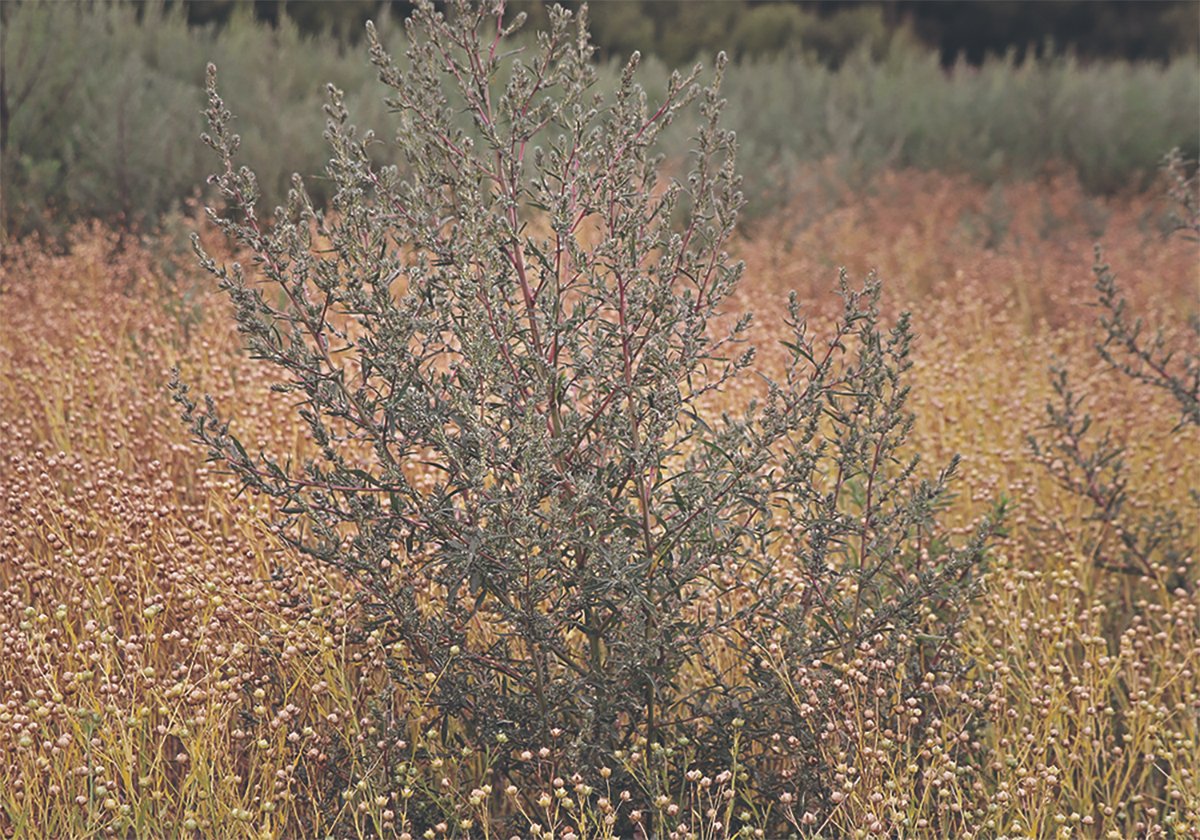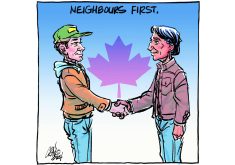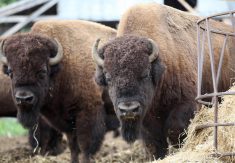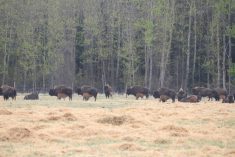This story is part of a series looking into the pools of human talent within Canada’s population that could help fill the growing labour shortage that is crippling many farms.
Farms are desperately short of workers.
There are pools of workers right near many of these farms, but farmers don’t often look to them. They are often scared or dismissive of these workers.
Read Also

Kochia has become a significant problem for Prairie farmers
As you travel through southern Saskatchewan and Alberta, particularly in areas challenged by dry growing conditions, the magnitude of the kochia problem is easy to see.
Other stories in this series:
They’re Indigenous.
The alienation between European-origin farmers and Indigenous communities goes way back to the beginnings of settlement and the numbered treaties, in which the focus was on establishing clear title on farmland for immigrants and providing protection and support for Indigenous bands.
The first part of that went well, with the western Canadian prairie becoming one of the most productive parts of the agricultural world.
The second part was only partially fulfilled, often betrayed and filled with contradictions.
For immigrant farmers and their descendents, it led to a clear path toward survival or failure based on agricultural productivity and farm management — and the weather.
For Indigenous communities, it led to more than a century in which farming seemed something reserved for White people, who covered the plains and eked out meagre livings in the harsh environment.
In recent years, the farms that have survived a century of failure, consolidation and concentration have become family-run entities that need more labour than the family alone can provide. They are often starved of labour, especially in remote farming regions.
That’s where Indigenous communities are perfectly placed. Reserves and Metis communities are often in the same remote places as labour-starved farms.
However, farmers and reserve communities often have testy relationships.
First Nations deal with myriad social issues. Dysfunction can spill off reserves in the form of theft on nearby farms. Indigenous people can feel unfairly judged and dismissed by local European-origin communities.
What worsens things is the toxic rhetoric of left and right. Phrases like “land back” and accusations of “stealing land” raise farmers’ hackles. When you’ve been living on the same land, which you have transformed and improved, for your whole life, and probably for generations of your family, you don’t see yourself as a “settler” because you aren’t one. This is your native land. You didn’t come from anywhere else.
If you’re Indigenous, you might be easily angered by the descendents of immigrants building prosperous farms on land you’re told was stolen after your people were coercively corralled on tiny reserves of marginal agricultural land and cut off from the surrounding economy.
First Nations people were often forbidden from leaving the reserve, saw reserve land fraudulently taken away from them or not delivered at all and literally treated as non-Canadians for generations.
Nothing is helped when racist rhetoric and foul stereotypes about Indigenous people are vomited onto social media, something that is depressingly commonplace.
It’s easy to understand where the alienation between European-origin farmers and Indigenous communities comes from.
None of this has to apply to White farmers and Indigenous individuals.
Individual farmers need workers. Indigenous people often need jobs. Whatever “communities” feel about their historical relationships, individuals don’t have to choose to live within those confines.
As former British prime minister Margaret Thatcher said, “there is no such thing as society; there are individual men and women, and there are families.”
That’s the reality of workers and employers.
At the recent Ag in Motion farm show, I covered the event hosted by the National Circle for Indigenous Agriculture and Food. There was a panel of three Indigenous farmers talking about their hope to get more Indigenous people into ag.
You know how they sounded? Like any other farmers. They spoke in the same manner. They voiced the same concerns about farming challenges. There wasn’t much different about them except for their names and skin tone.
Why wouldn’t that apply to young people on reserve? Some might be interested in jobs on farms.
One of the farmers on the panel, Terry Lerat of the Cowessess First Nation in Saskatchewan, was so interested as a youth that he rode PFRA pastures, worked on a large commercial farm and then began building farming operations on his reserve.
He was encouraging Indigenous young people to get into farming. That’s not something he sees encouraged on reserves, but should be.
Drawing Indigenous people into farm jobs isn’t easy. If it was, farmers would be doing it across the board, rather than in the handful of cases in which it currently occurs.
But it’s a huge pool of potential workers, situated closer to many farms than any other communities, and there are individuals inside those reserves and Metis settlements who might value a job on a farm or ranch.
I’ve begun a series looking at underused pools of labour in Canada that could help farmers fill the critical shortage so many face. The most recent instalment is on page 12.
The first piece looked at African young people who generally live in cities but come from farming backgrounds in Africa. This week’s piece looks at Indigenous people who have always been here but are often profoundly alienated from farming.
People are out there to be found, but it might take some work to find them. The dire lack of farm labour might not be as extreme as we think, but that’s something only work and belief from everybody in agriculture can solve.


















